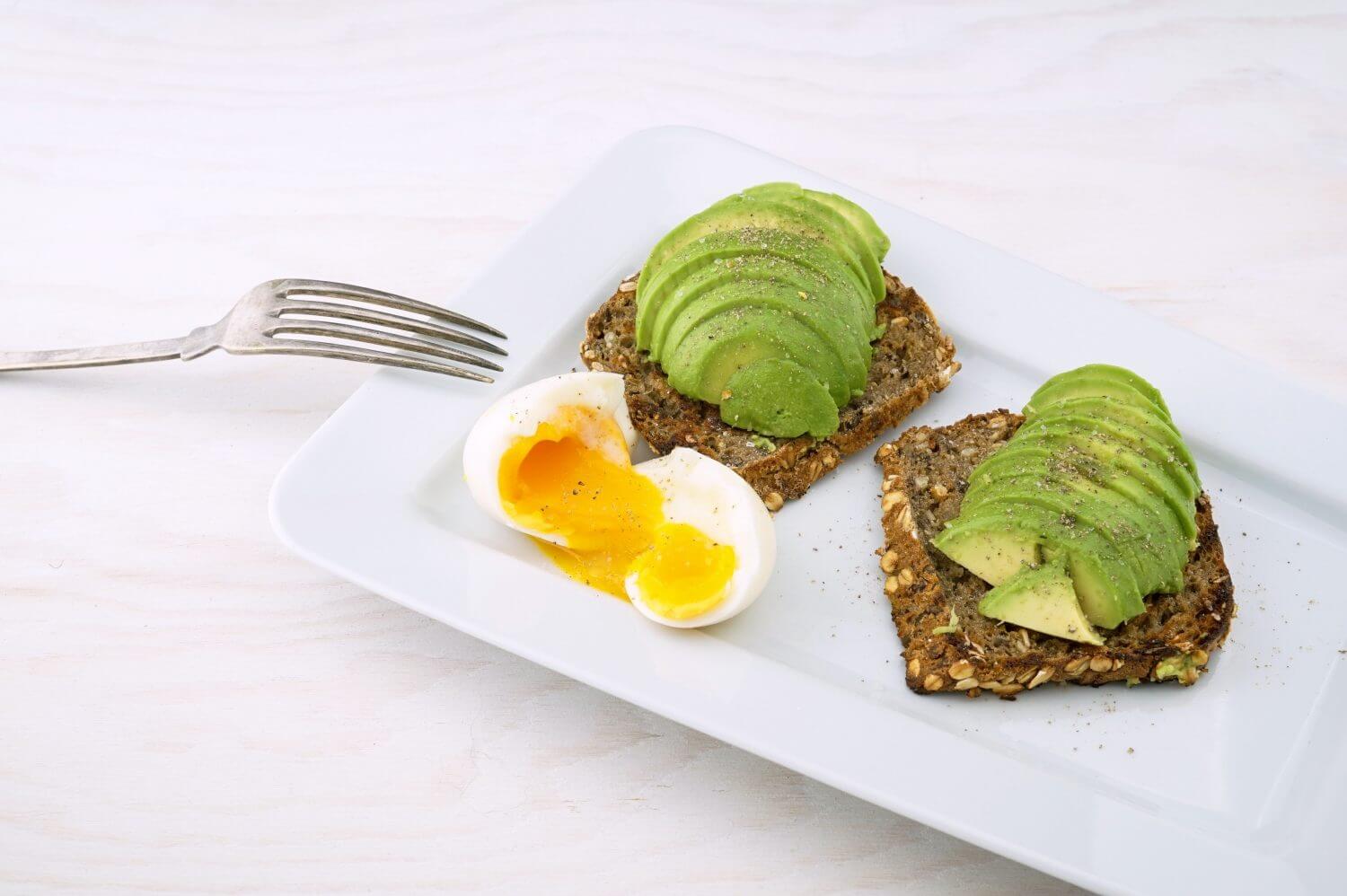EATING BEHAVIORS AND THE BRAIN PART 6
Chew on this: Once you’re eating, what helps you know when it’s time to stop? How does your body know when you’ve consumed sufficient energy and nutrients?
Satiation and Satiety Signaling
There’s a concept called satiation, which is the feeling of fullness you get during a meal that tells you it’s time to stop eating. It’s the feeling that you’ve had enough. There’s also the concept of satiety which describes the process of maintaining a sense of satisfaction, or fullness, between meals. When you have normal satiety, you have a reduced interest in food until you truly become hungry again. Satiety allows you to enter into all of your productive activities without being distracted by food. Good satiety promotes health and gives you freedom from unhealthy eating behaviors. Many factors promote normal satiety.
>
“High fiber, nutrient-dense foods that are lower in overall calories create more volume-signaling, allowing you to be naturally satisfied.”
Satiation is mediated by two primary factors: volume and nutrients. Your stomach is actually small, but it can stretch to a very large size. As your stomach stretches, your body detects this and sends a signal to your brain that it’s time to stop eating. This signal travels the vagus nerve that communicates to your brain stem, which is where your satiation center exists. This area of the brain functions in a non-conscious manner.
That’s why we emphasize fiber and nutrient dense foods as part of your eating routine. High fiber, nutrient-dense foods that are lower in overall calories create more volume-signaling, allowing you to be naturally satisfied. In fact, many studies on obesity have demonstrated that when individuals only have the option to eat high-fiber, nutrient-dense, low-calorie, moderate-palatability foods, they’ll naturally control their appetite. I’m talking about people who have chronic binge eating issues suddenly having no issue with their normal satiation function.
Hormonal Signaling
However, volume is not the only signal that regulates when to stop eating. There’s also hormonal satiation. While you’re eating, your gastrointestinal tract, and other related organs like the pancreas, send signals to the brain that nutrients and energy are incoming. There are many different hormones involved in this signaling. I will not go into the details of them all here.
It’s important to know that insulin is one of these hormones. I teach about insulin extensively, and I like to remind people that insulin is an important hormone, and it’s not our enemy. It’s just that too much insulin all the time can lead to issues such as diabetes, metabolic syndrome, and chronic obesity. Insulin is actually a signal to tell you to stop eating, so high insulin doesn’t cause hunger.
>
“In fact, many studies on obesity have demonstrated that when individuals only have the option to eat high-fiber, nutrient-dense, low-calorie, moderate-palatability foods, they’ll naturally control their appetite.”
Insulin is an anabolic hormone and is necessary to move nutrients into the cells that require them. But again, insulin was supposed to be released, and then clear the scene. You have a small amount of insulin all the time. But generally speaking, your insulin should only spike 2-3 times a day, when you eat, and should otherwise be at a relatively low level. Part of the problem with our modern eating paradigm is that we keep insulin at high levels all the time. Our body doesn’t like to receive a constant message from just one hormonal signaler. This leads to imbalances, and then the body has to make adjustments to compensate.
Shifting Perspective
Some of the hormones that are released in response to nutrients stick around for a while. They actually help us eat less at future meals if we had plenty of nutrient intake at an earlier meal. This is why you need to think about food from a perspective of a full day, or even a week, as opposed to just one meal. If you understand the principles of eating that naturally control appetite and give you good energy, you plan your meals in such a way that you have control over them.
An example of this would be, for someone who struggles with satiation, eating more protein and fiber earlier in the day, so they’ll naturally create a stronger satiety signal for a longer period of time.
So we’ve discussed that you have initiators of eating behavior, which we don’t fully understand, and that you also have terminators of eating behavior, which we understand a little better, but the picture’s not yet complete. We still haven’t got into the most powerful determinant of eating behaviors, which is your brain. We’ll discuss that in the next post.
Are you searching for a more integrated approach to healthcare? That’s what I can deliver. If you have questions about a more personalized path to your wellbeing, contact me. You also can like me on Facebook.







